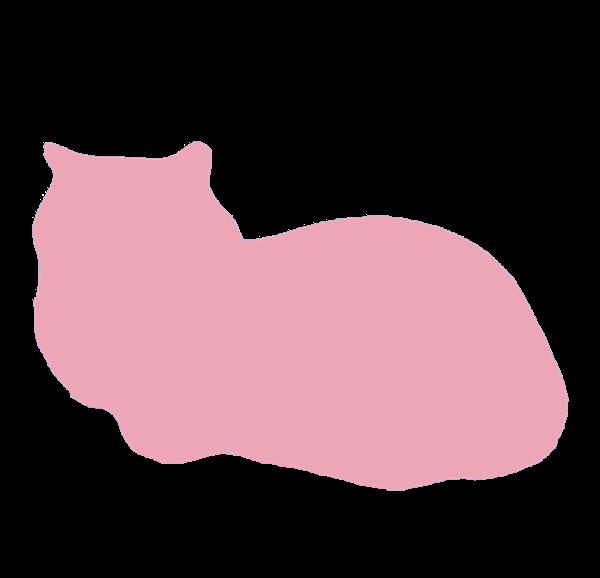
2 minute read
Blue and White, Yet Far From Traditional
Essay by Cydney Pickens
Blue is the sky, white are the clouds; cerulean is the sea and milky white is the froth on the crest of each rushing wave. The balanced and natural coupling of blue and white is both comforting and ubiquitous. Although these colors are often evocative of earth’s serene beauty, this colorway is prominent in the global histories of craft, from painted ceramics to bleached and indigo-dyed cotton textiles, thus evolving into a motif of domesticity as the common color choice for functional wares. For Houston-native Chelsea Clarke, this chromatic combination kindles adolescent memories of her grandmother’s quintessential Southern suburban home. Crocheted afghans, delicate doilies and plush cross-stitchings are all ephemera of her upbringing that inspire her practice to this day.
Advertisement
Clarke’s passion for art was encouraged early on by her grandparents: her grandfather, the painter, and her grandmother, a homemaker with a knack for craftsmanship. Clarke nurtured her artistic talents as a youth and began to focus on painting and printmaking at Virginia Commonwealth University. Years of dedication to lithography began to present a physical challenge to Clarke when she noticed her deteriorating health, including chronic nerve pain. Limited mobility challenged her artistic experience, and to overcome this frustration, she took a step back from printmaking to return to something more comfortable and familiar.
Ten years after the passing of her beloved grandmother, Clarke returned to her roots. Incorporating the essence of her grandmother’s handiwork with the design skills and wealth of research from the university, Clarke’s rejuvenated artistic direction was as natural as blue and white. Her collection of inherited textiles became an unsullied source of inspiration for Clarke as she explored the new territory of mixed media in soft sculpture. The dichotomy of her freeform artistic upbringing and her structured academic experience produced a series of fluffy and firm, round yet flat, messy but neat works that holistically captured both of her heterogenous schools of thought.
While homemaking was an aesthetic endeavor of her grandmother, “un-making” is an important and meticulous task for Clarke. “I love being unable to tell if a work is coming together or falling apart,” she remarks about her work Taut. Inspired by the dainty and feminine fiber creations of her grandmother, Clarke’s current body of work weaves traditional and contemporary aesthetic values while challenging the associations of feminine and masculine through material “softness.” Pieced together from salvaged fabric and embellished with stainless steel grommets, Taut is a nod to the multifunctional and multipurpose nature of a traditional Southern quilt as it intentionally juxtaposes cool linen bed sheets and rough cotton duck cloth with sumptuous silk and more.
Clarke resides quite comfortably in the design phase of her multi-staged creative process. Her sketchbook is an illuminated manuscript, abounding with floral musings and neon accents. These drawings, some of which have become risograph prints, are intended to become fabrics of her own, eventually to be woven on a loom or stamped with ink. Her fascination with design speaks to her relationship with functionality and accessibility, two terms that interrogate craft’s obsession with the term handmade. “I find ‘mastery’ to be ableist,” Clarke remarks in reference to the problematic associations of technical perfection. The term “handmade” can be exclusionary to those with physical disabilities and “mastery” of a certain process requires an inflexible adherence to a specific way of making that may not be practical for all. In her studio, Clarke defines handmaking as an approach or technique not delimited by the inclusion of machines. She seamlessly joins traditional and technological perspectives in a way that celebrates the legacy of American Studio Craft while representing a new wave of craftspeople, centering her practice on a little something borrowed and a little something blue.

Index
Works Listed in order of appearance in catalogue:
Pom Pom (detail view, 2023)
Image courtesy of the artist.
Pacing (detail view, 2023)
Handmade rug featuring cotton, wool and acrylic, quilt with grommets, knit flagging tape, cinder blocks, Pompoms, and spray paint
Image courtesy of the artist.
Slump ( detail view, 2023)
Polyfil, cotton duck cloth, handwoven Blooming Leaf of Mexico with a cotton/wool blend, plaster, paint, Pompoms, and a store bought rug
Image courtesy of the artst.




